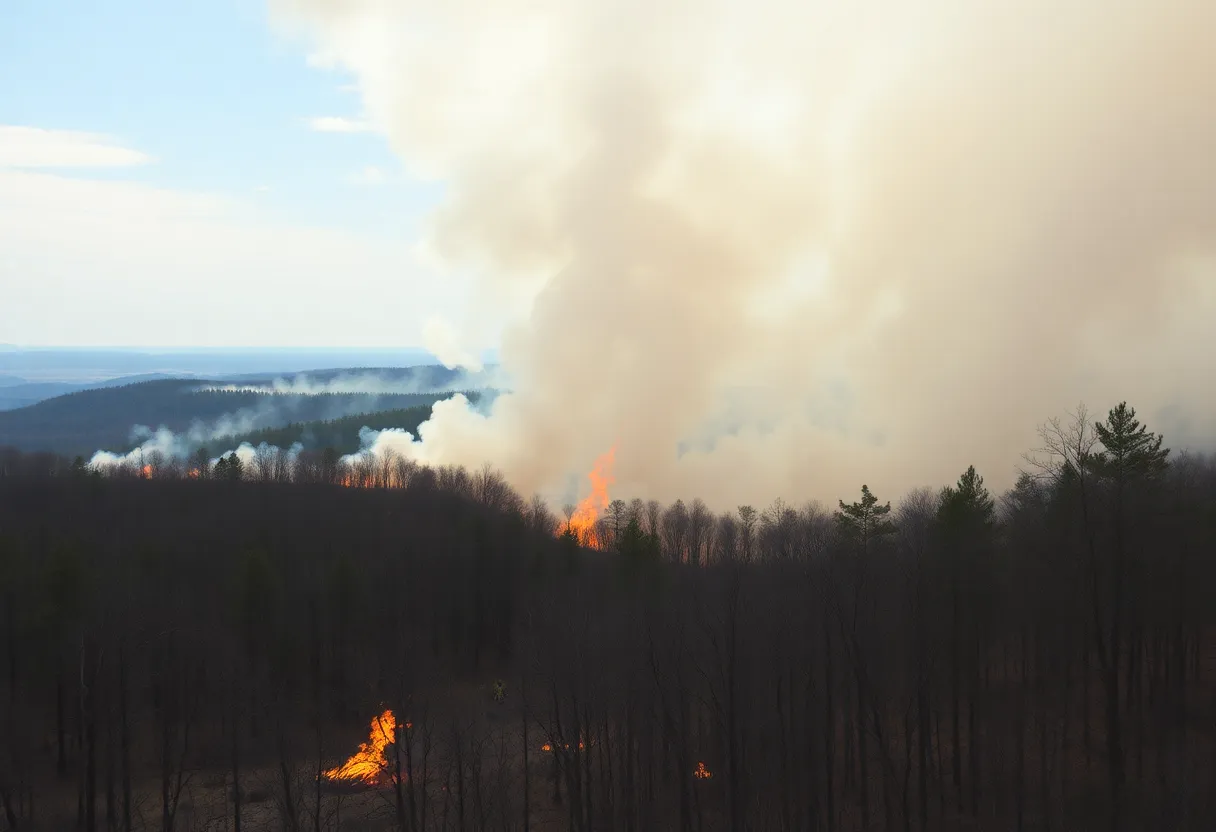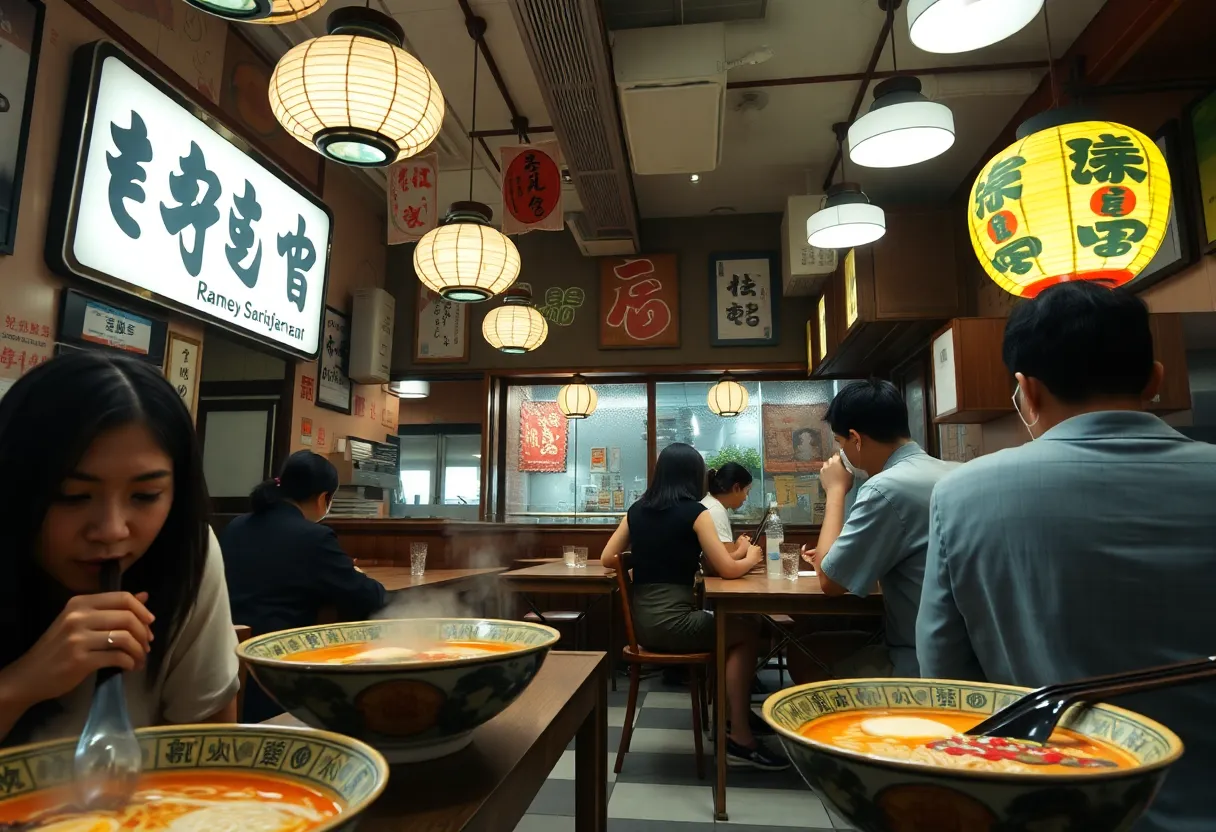How to Choose the Best Roofing Solution for Five Common Environmental Challenges
Choosing the right roofing solution is pivotal for ensuring durability and resilience against various environmental challenges. Understanding the unique requirements posed by each challenge can significantly impact the longevity and performance of your roof. This article explores five common environmental challenges and how to select the most appropriate roofing solutions for each.
1. Extreme Weather Conditions
Regions that experience high winds, heavy rain, or intense snowfall require roofing systems designed to withstand extreme weather. The right materials can prevent damage and prolong the service life of your roof.
Materials to Consider
- Metal Roofing: Known for its strength and wind resistance. Metal roofs can shed snow efficiently and handle heavy rain.
- Slate Tiles: Durable and capable of withstanding high impact from hail or debris.
- Asphalt Shingles: While commonly used, opt for reinforced options rated for high-wind areas.
Installation Practices
Proper installation is crucial. Ensure that flashing is adequately secured and all seams are tightly sealed. A well-constructed underlayment provides an additional layer of protection, reducing the risk of leaks during severe weather events.
2. High Temperatures and UV Exposure
In areas with prolonged exposure to sunlight and high temperatures, materials can degrade rapidly. Choosing roofing options with reflective properties can mitigate heat absorption and extend their lifespan.
Energy Efficiency Solutions
- Cool Roofing Options: Reflective coatings can significantly reduce heat absorption.
- Light-Colored Materials: Light-colored shingle options are effective in reflecting sunlight and lowering rooftop temperatures.
- Green Roofing: Vegetative roofs provide natural insulation and rainwater absorption, reducing heat buildup.
Considerations for Installation
Ensure proper ventilation systems are in place. Inadequate airflow can lead to excessive heat buildup in the attic, which may shorten the roof’s lifespan.
3. Humidity and Rainfall
Regions with high humidity or frequent rainfall pose significant challenges, especially concerning mold and mildew growth. Selecting roofing solutions that resist moisture can prevent costly damage over time.
Optimal Roofing Materials
- Clay Tiles: Naturally resistant to mold and mildew.
- Metal Roofing: When properly sealed, metal can offer excellent resistance to corrosion and moisture damage.
- Synthetic Roofing Products: Many modern materials are specifically designed to resist water accumulation and biological growth.
Installation Techniques
Proper drainage solutions are vital. Ensure gutters and downspouts are correctly installed and maintained to direct water away from the foundation and roofing surfaces.
4. Snow and Ice Accumulation
Regions that experience heavy snowfall face unique challenges, such as ice dams and structural damage from excess weight. Selecting appropriate roofing materials is essential to combat these issues.
Recommended Roofing Types
- Asphalt Shingle Roofs: Opt for architectural shingles that are rated for snowfall areas.
- Metal Roofing: Its smooth surface allows snow to slide off easily, reducing the risk of buildup.
- Flat Roofing Systems: While they can be risky under snow, proper drainage strategies can make them viable options.
Structural Considerations
Ensure the framing can support the additional weight of accumulated snow. Regular inspections throughout the winter season can help prevent unforeseen collapses.
5. Pests and Environmental Damage
Insect infestations and other environmental factors can lead to significant roofing problems. Choosing pest-resistant materials is a strategic way to protect your investment.
Materials That Deter Pests
- Treated Wood: Naturally resistant to pests and decay, treated wood can provide a durable solution.
- Metal Roofing: Pests have a difficult time nesting on metal, making it less appealing.
- Composite Shingles: Many synthetic options are engineered to resist pests.
Preventative Measures
Incorporate pest repellents into your roofing system and ensure proper, regular maintenance to deter infestations. It’s essential to ensure that areas like attics and eaves are well-ventilated and free from nesting opportunities.
Conclusion
Choosing the best roofing solution involves understanding the unique environmental challenges specific to your location. Whether it’s extreme weather, high temperatures, humidity, snow accumulation, or pest-related issues, a well-informed decision will enhance the resilience and performance of your roof. Prioritize materials that align with your environmental conditions and ensure professional installation practices are followed. By addressing these common challenges with the right roofing solutions, you can protect your investment and enhance the longevity of your structure.



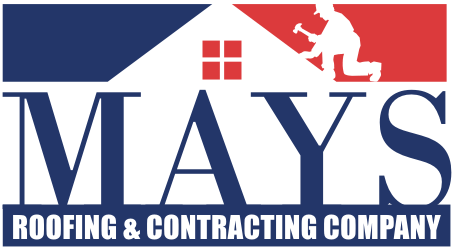
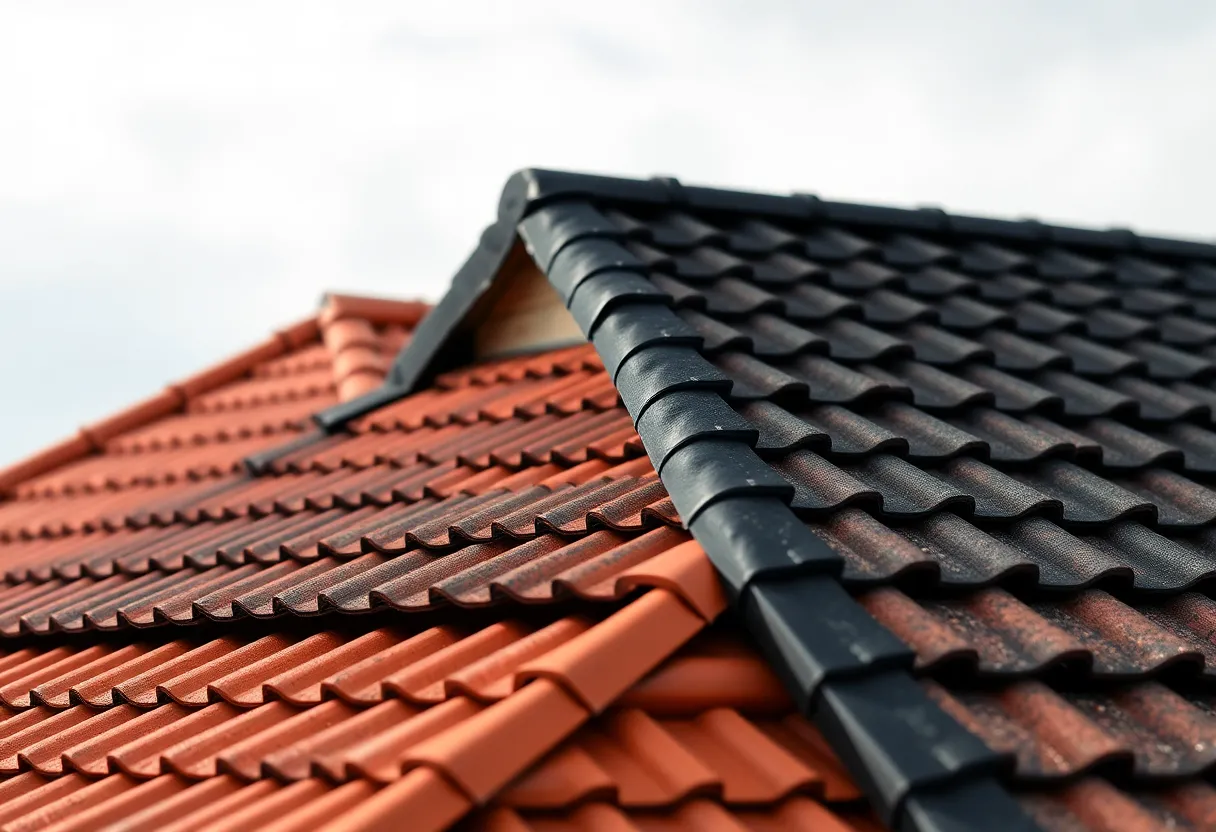
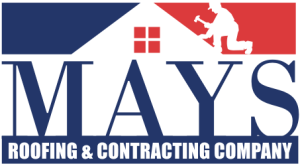 Mays Contracting
Mays Contracting